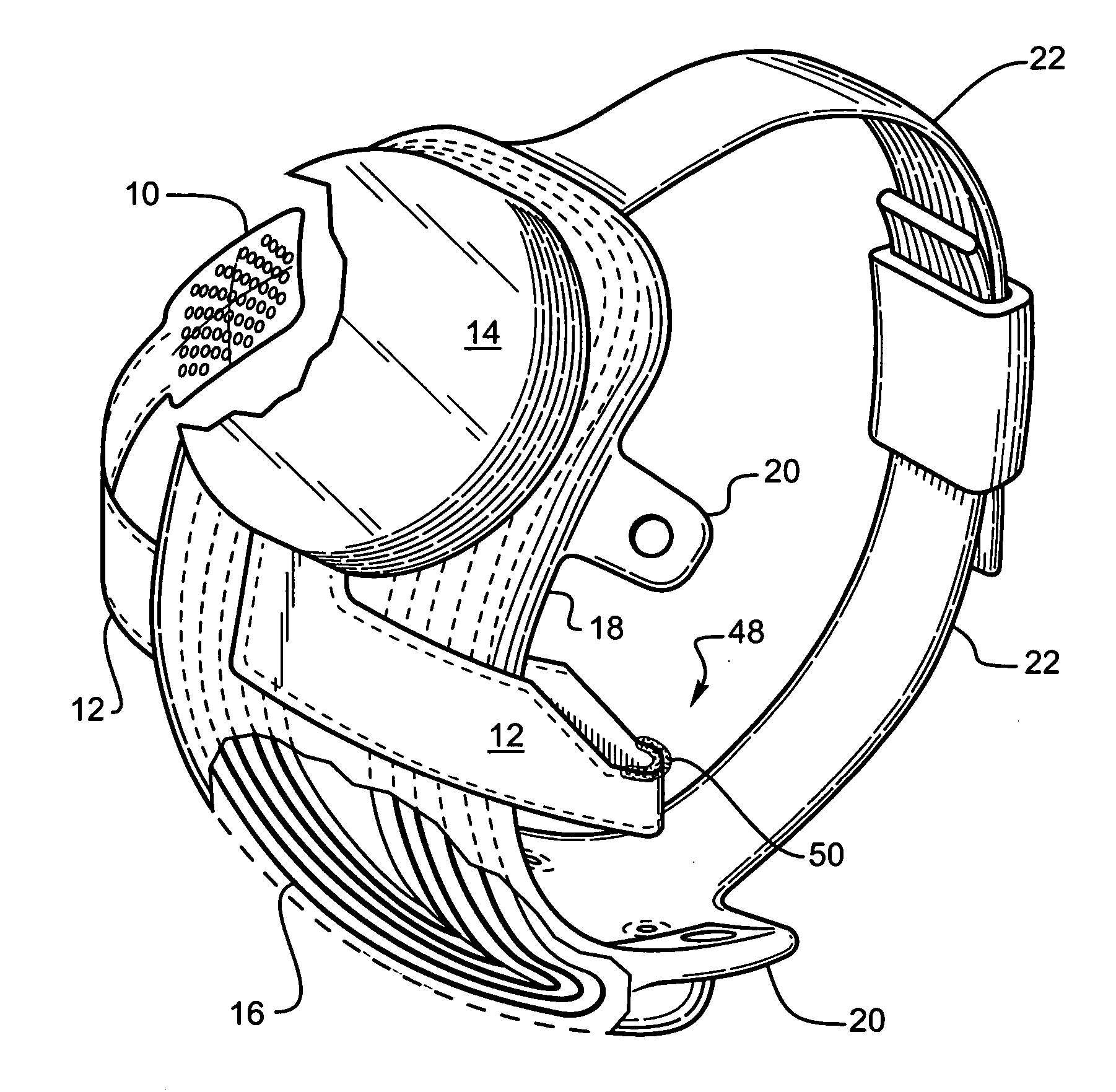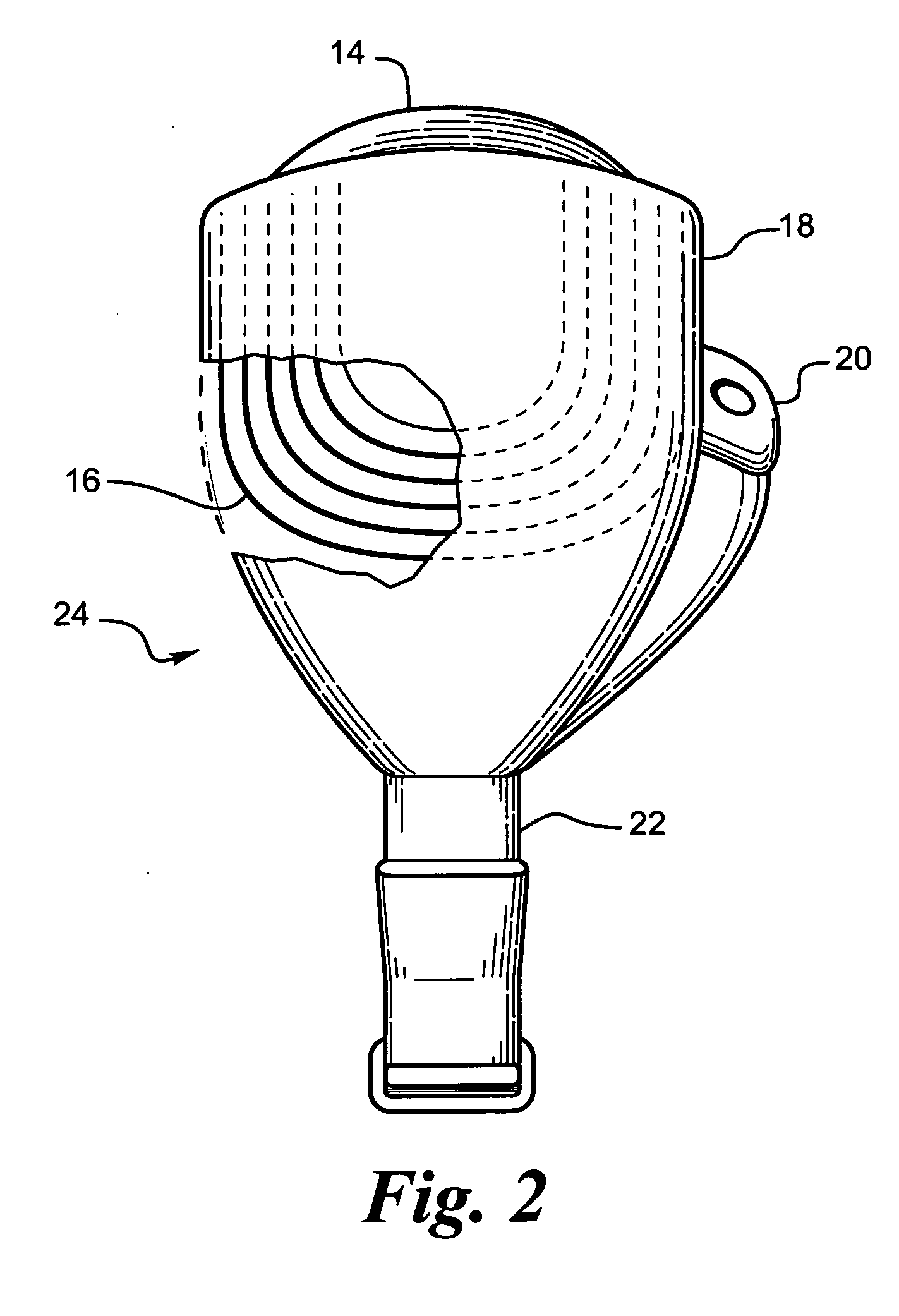Visual prosthesis for improved circadian rhythms and method of improving the circadian rhythms
a visual prosthesis and circadian rhythm technology, applied in the field of neural stimulation, to achieve the effect of improving circadian rhythms and increasing brightness of the prosthesis
- Summary
- Abstract
- Description
- Claims
- Application Information
AI Technical Summary
Benefits of technology
Problems solved by technology
Method used
Image
Examples
examples
[0091] In the present example the inventors modulate the above system artificially through retinal prostheses in two patients with retinitis pigmentosa.
[0092] Two patients TB and PB who had retinitis pigmentosa and no light perception (NLP) for five (5) and twenty (20) years were examined. The two patients and a normal control had a multiple saliva samples taken over the course of four (4) days and assayed for melatonin. The two patients then had surgical implantation of the retinal prosthetic implant. The prosthesis was electrically stimulated in one subject. The patients and the normal control were then evaluated with several saliva sampling over the course of four (4) days.
[0093] Melatonin concentrations in saliva samples were measured using a commercially availably melatonin ELISA assay (n=83) from ALPCO Diagnostic, Windham, N.H. 03087. Concentrations were calculated by fitting to a standard logistic equation. A cosinor analysis was performed on the data set using commercially...
PUM
 Login to View More
Login to View More Abstract
Description
Claims
Application Information
 Login to View More
Login to View More - R&D
- Intellectual Property
- Life Sciences
- Materials
- Tech Scout
- Unparalleled Data Quality
- Higher Quality Content
- 60% Fewer Hallucinations
Browse by: Latest US Patents, China's latest patents, Technical Efficacy Thesaurus, Application Domain, Technology Topic, Popular Technical Reports.
© 2025 PatSnap. All rights reserved.Legal|Privacy policy|Modern Slavery Act Transparency Statement|Sitemap|About US| Contact US: help@patsnap.com



